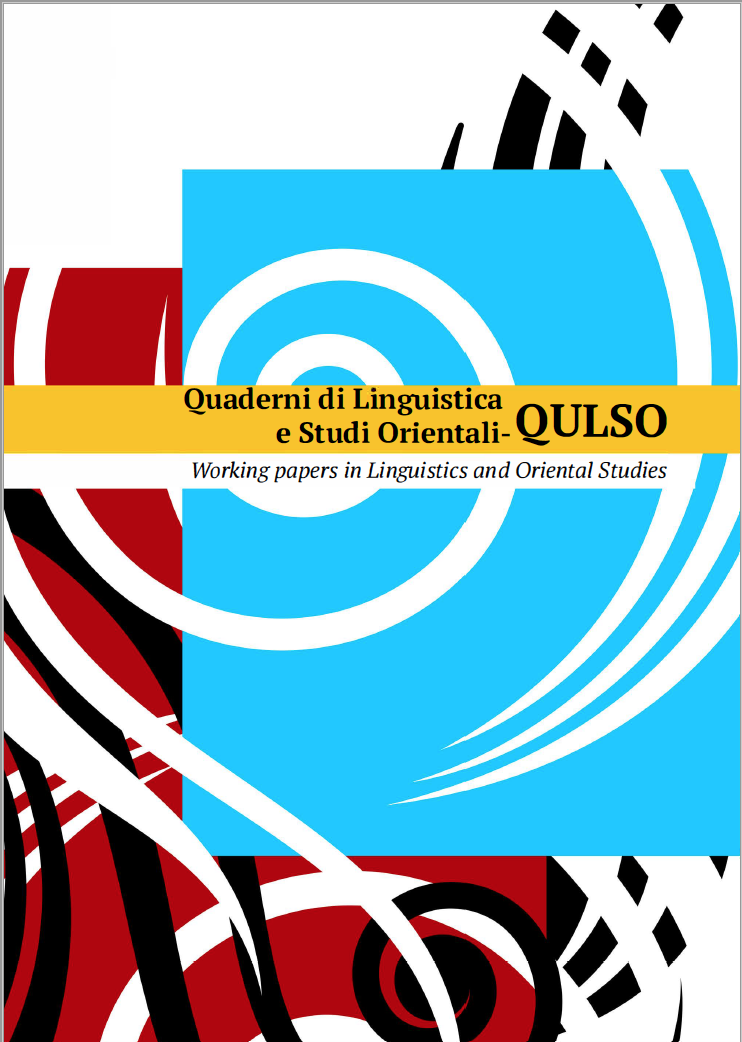Abstract
The aim of the paper is twofold: in the theoretical part we review the main proposals on the syntactic encoding of locatives and we sketch a new formalization which we fully develop in related work (Bellucci, Dal Pozzo, Franco, Manzini, in preparation); in the experimental part novel data on the acquisition of locative case markers by L2 lower-intermediate Finnish speakers, native speakers of Italian is discussed. The language combination we have chosen may be revealing in more than one respect: in Finnish four locative cases (inessive, illative-the so-called internal cases- and adessive and allative- the so-called external cases) broadly correspond to the Italian preposition a which can be used to express both stativity and directionality. We created a written translation task aimed at eliciting the locatives cases in the L2. Interestingly the L2 grammar is sensitive to the different properties of internal vs. external cases and stative vs. directional cases (non-native-like behaviour is also attested). A clear difference is found between stative and directional cases in the L2, a pattern already attested in Finnish L1 and atypical acquisition. Moreover, a difference is observed between internal and external cases, adding new evidence to previous findings.



